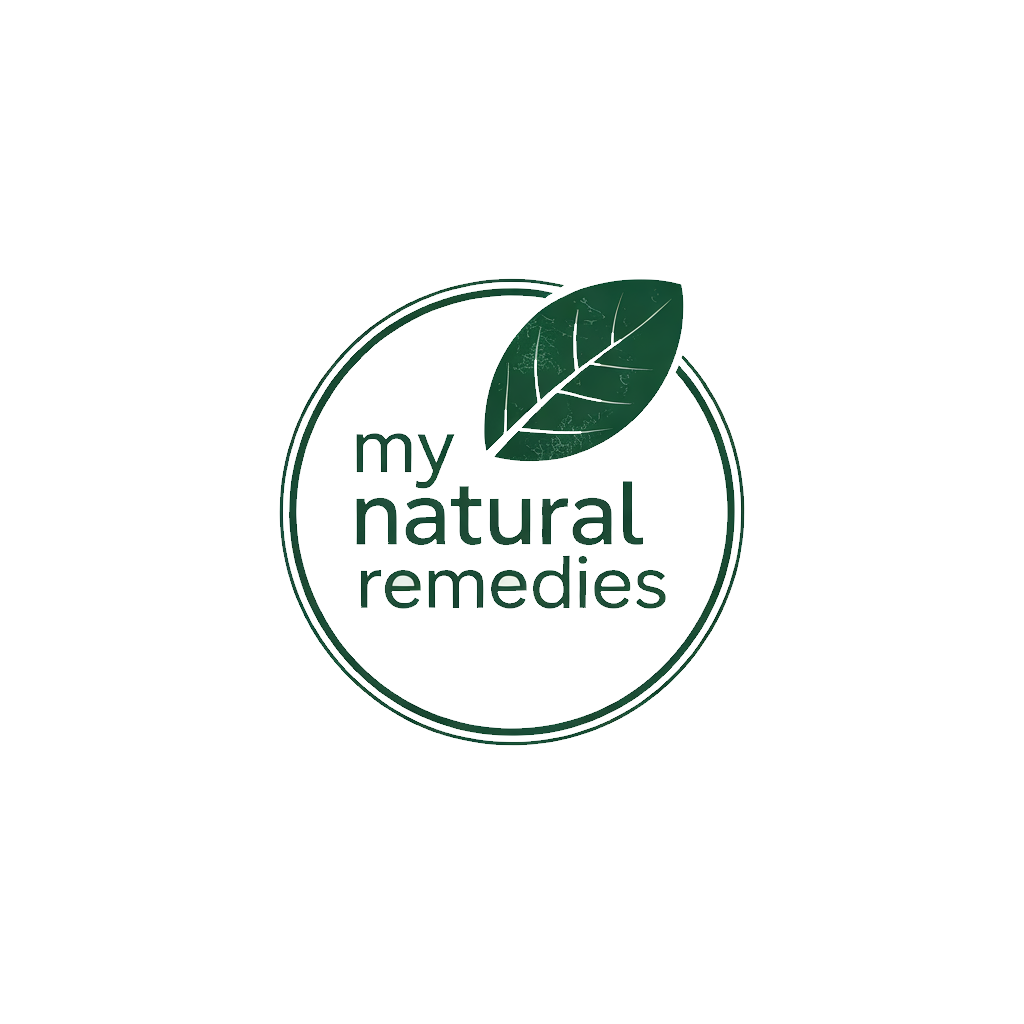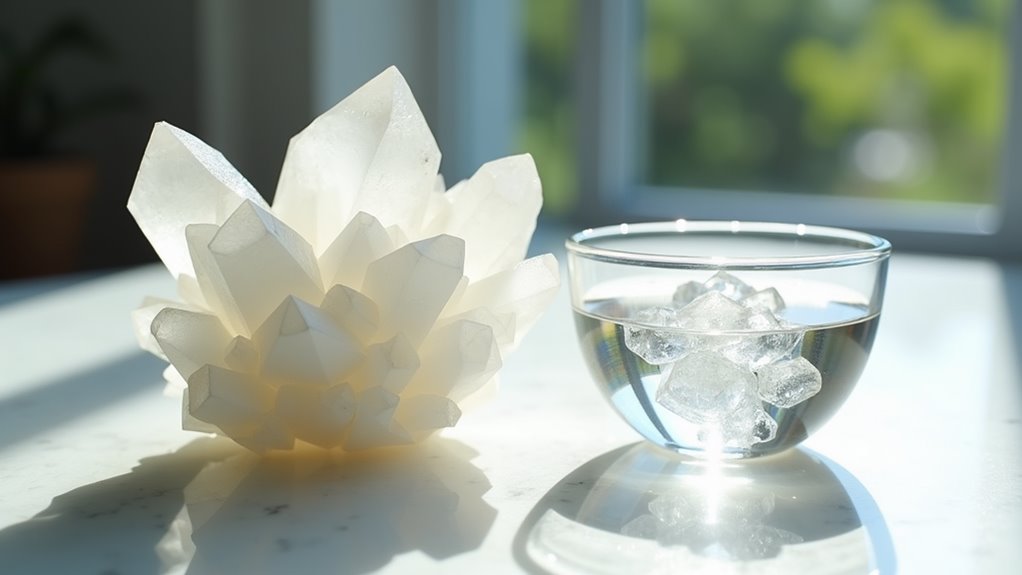Restless Leg Syndrome. Try These 6 Natural Remedies Tonight!
You can find relief from restless leg syndrome tonight with six proven natural remedies. Start by stretching your legs and doing gentle exercises like ankle rotations. Try magnesium-rich foods like almonds and bananas, or take supplements after consulting your doctor. Create a relaxing bedtime routine, maintain good sleep hygiene, and consider herbal remedies like valerian root. These targeted approaches will help you understand and manage your RLS symptoms more effectively.
Understanding Restless Leg Syndrome: Symptoms and Triggers
While millions of people experience Restless Leg Syndrome (RLS), many don’t realize their symptoms have a name. If you’re feeling an irresistible urge to move your legs, especially at night, along with uncomfortable sensations like crawling, tingling, or burning, you’re not alone.
These symptoms typically worsen during periods of rest and can seriously impact your sleep quality.
Common triggers that might intensify your RLS symptoms include caffeine, alcohol, lack of exercise, and certain medications. You might notice your symptoms getting worse when you’re stressed or maintaining an irregular sleep schedule. Reducing caffeine and alcohol can significantly help alleviate your symptoms.
Before trying restless leg remedies, it’s important to identify what sets off your symptoms. Many people find their RLS worsens during long periods of inactivity, like car rides or plane trips, or even during movies. Knowing your triggers helps you take control and manage your symptoms more effectively.
Essential Minerals and Vitamins for RLS Relief
Research has shown that certain minerals and vitamins play a crucial role in managing RLS symptoms. You’re not alone in seeking natural solutions, and supplementing with these essential nutrients can help reduce your discomfort and improve sleep quality. It’s important to remember that dietary choices play a significant role in symptom management.
| Nutrient | Benefits | Food Sources |
|---|---|---|
| Iron | Regulates dopamine production | Spinach, lean meats, beans |
| Magnesium | Reduces muscle tension | Almonds, avocados, bananas |
| Vitamin D | Improves nerve function | Salmon, egg yolks, sunlight |
| Vitamin B12 | Supports nerve health | Fish, dairy, fortified cereals |
You’ll want to have your doctor check your levels of these nutrients, especially iron, before starting any supplements. Many RLS sufferers find relief when they optimize their nutrient intake through both diet and supplementation. If you’re deficient in any of these vitamins or minerals, addressing those deficiencies could significantly reduce your RLS symptoms and help you get better rest.
Gentle Exercise and Stretching Techniques
When restless leg symptoms flare up, gentle movement and stretching can provide immediate relief. You’ll find that walking, cycling, or swimming for just 30 minutes can significantly reduce nighttime discomfort.
Like many others with RLS, you might discover that light exercise earlier in the day helps you sleep better at night.
Try these targeted stretches while sitting or lying down: rotate your ankles in circles, point and flex your feet, and gently pull your toes toward you to stretch your calves.
You can also perform seated leg raises or standing calf raises to keep your legs active without overexertion.
Remember to avoid intense workouts close to bedtime, as they might worsen your symptoms. Engaging in mindful relaxation techniques like gentle yoga or tai chi before bed can help relax both your muscles and mind, preparing you for restful sleep.
Relaxation and Sleep Hygiene Methods
Since restless leg symptoms often intensify at night, establishing proper relaxation and sleep hygiene routines can make a significant difference in managing your condition. You’ll want to create a calming bedroom environment and develop consistent habits that signal your body it’s time to rest. Additionally, maintaining a consistent sleep schedule can greatly enhance your overall sleep quality.
| Relaxation Method | Sleep Hygiene Tip |
|---|---|
| Deep breathing exercises | Keep bedroom temperature cool |
| Progressive muscle relaxation | Maintain consistent sleep schedule |
| Meditation or mindfulness | Remove electronic devices |
| Gentle yoga before bed | Use blackout curtains |
| Calming music or white noise | Invest in comfortable bedding |
Remember to start your wind-down routine about an hour before bedtime. You’ll find it helpful to dim the lights and avoid stimulating activities during this time. Focus on activities that calm your mind and relax your muscles. Many RLS sufferers report better sleep when they follow these practices consistently, helping to minimize nighttime symptoms and improve overall rest quality.
Herbal Remedies and Natural Supplements
Many people seeking natural relief from restless leg syndrome turn to herbal remedies and dietary supplements as alternatives to prescription medications.
You’ll find that certain herbs like valerian root and passionflower can help reduce symptoms while promoting better sleep quality. These natural options have been used for centuries by those looking to calm restless legs.
Essential supplements that may ease your symptoms include magnesium, iron, and folate – especially if you’re deficient in these nutrients. Incorporating magnesium-rich foods into your diet can also support muscle function and alleviate discomfort.
You can also try vitamin D and vitamin B12 supplements, which many RLS sufferers have found helpful. When selecting supplements, look for high-quality products from reputable manufacturers.
Before starting any herbal remedy or supplement regimen, you’ll want to consult your healthcare provider.
They can check for underlying deficiencies and ensure these natural treatments won’t interact with any medications you’re taking.
Lifestyle Changes That Make a Difference
Along with herbal treatments, simple changes to your daily routine can significantly reduce restless leg syndrome symptoms.
You’ll find relief by establishing consistent sleep patterns and going to bed at the same time each night. Like many others who manage RLS successfully, you can benefit from moderate exercise early in the day, such as walking, swimming, or yoga.
Cut back on caffeine, alcohol, and nicotine, especially in the evening hours. These stimulants can trigger or worsen your symptoms when you’re trying to rest.
You’ll also want to avoid sitting for long periods – get up and move every hour during the day. Many RLS sufferers find relief through leg stretches, gentle massage, and alternating hot and cold compresses before bedtime.
Consider keeping your bedroom cool and dark, and try relaxation techniques like deep breathing or meditation. These practices help calm both your mind and restless legs. Additionally, incorporating magnesium-rich foods into your diet can help soothe muscle tension and further alleviate symptoms.
Frequently Asked Questions
Can Children Develop Restless Leg Syndrome?
Yes, your child can develop restless leg syndrome at any age. You’ll notice them complaining about leg discomfort, especially at night, and having an urge to move their legs.
Is Restless Leg Syndrome Hereditary?
If you’ve got restless legs, it might run in your family. Studies show there’s a 40-60% chance you inherited it from your parents, especially if they or your siblings experience similar symptoms.
Does RLS Affect Both Legs Simultaneously?
You can experience symptoms in both legs at once, but it’s not always the case. Your discomfort might alternate between legs or affect just one leg at a time.
Can Pregnancy Trigger or Worsen Restless Leg Syndrome?
Yes, you’re not alone – pregnancy can both trigger and worsen RLS symptoms, especially during your third trimester. Many expecting moms experience this due to hormonal changes and iron deficiency.
Will Restless Leg Syndrome Go Away on Its Own?
You won’t usually see RLS disappear on its own, but don’t lose hope. With proper treatment and lifestyle changes, you’ll find relief. Many people like you manage it successfully.





